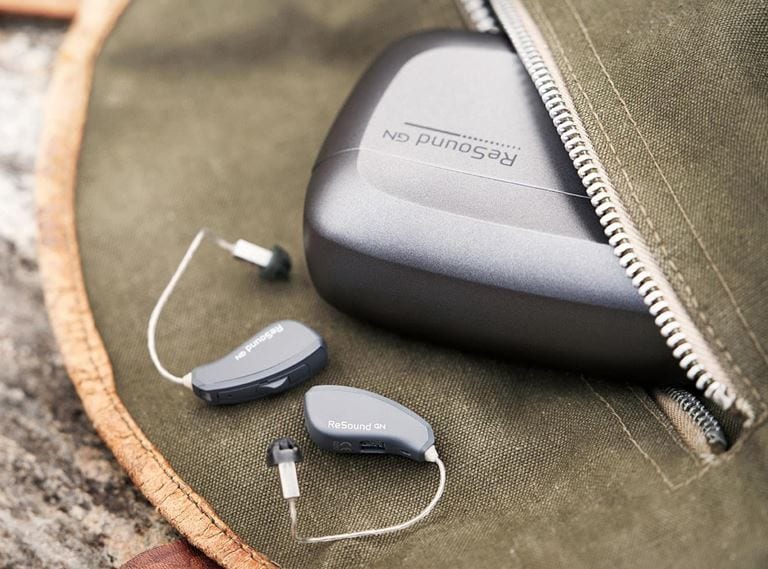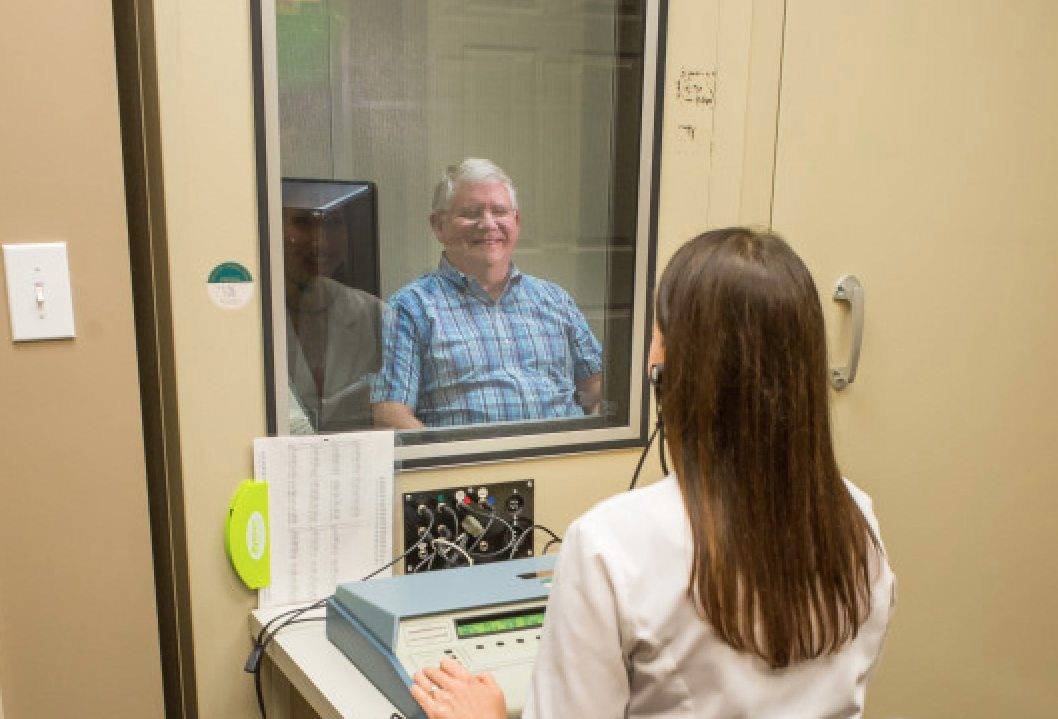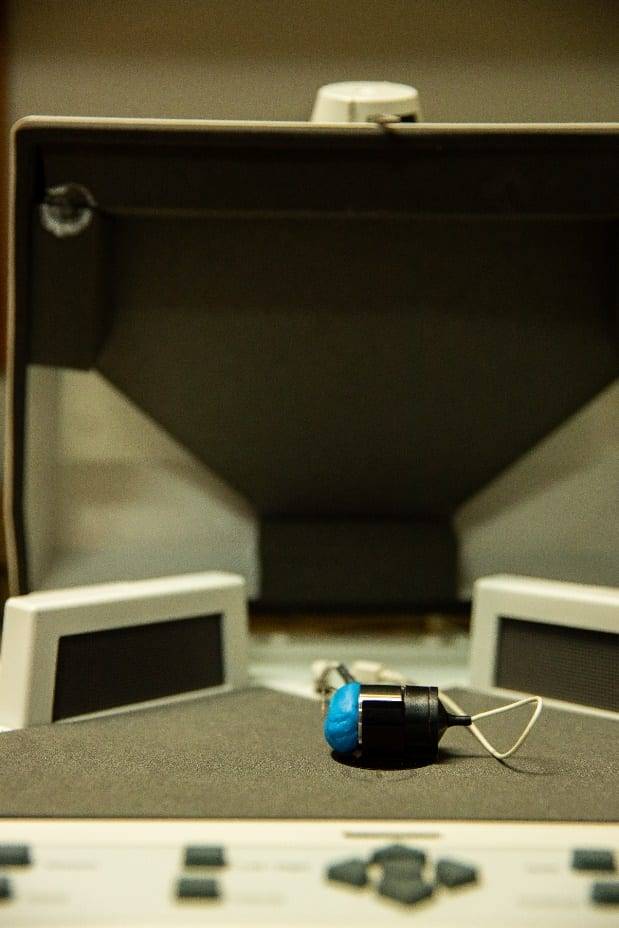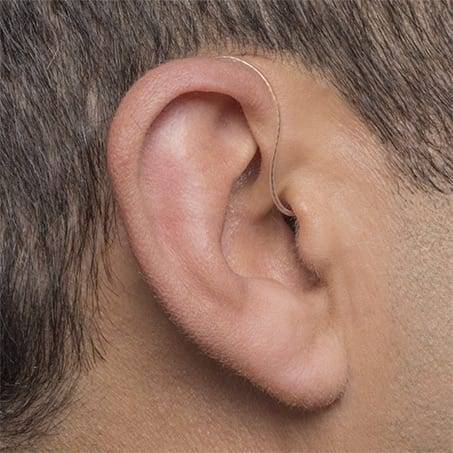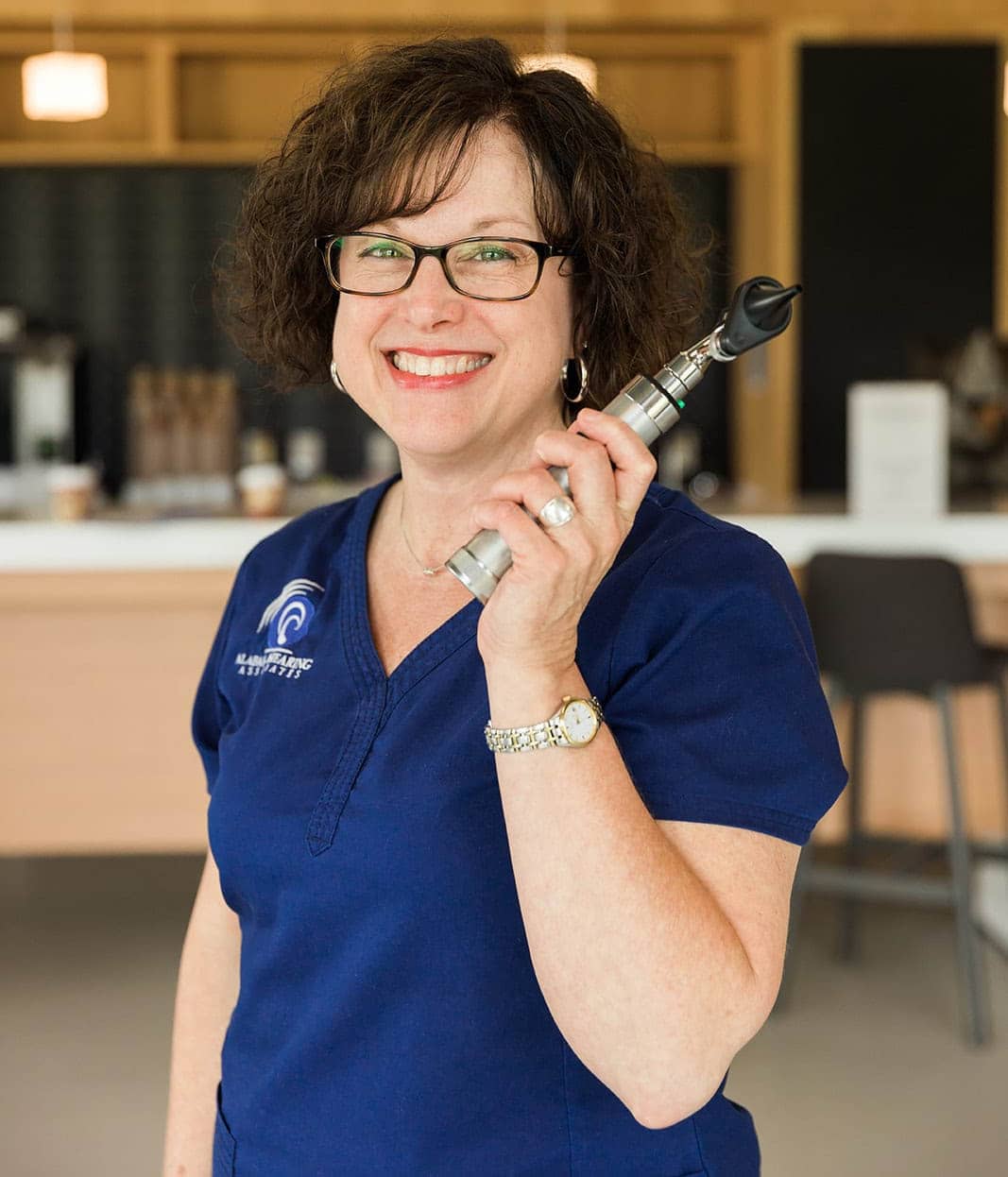How the ears operate is a miracle of design, and their role in keeping us connected and informed about the world around us is admirable. However, diminished hearing capacity causes frustration and becomes burdensome. Conductive hearing loss is one way that our capacity to hear the world around us becomes limited.
To raise awareness of the various forms of hearing loss, I invite you to take a closer look at this common type and its treatment options.
Conductive Hearing Loss Symptoms
Reduction in sound clarity is the most notable symptom of conductive hearing loss, according to the University of California, San Francisco Health.
Patients suffering from this condition complain that various sounds, even their own voice, seem to be far off in the distance, unclear, or muffled.
Some additional symptoms include sensations of increased pressure or pain in the ears.
The cause of these symptoms relates to a specific form of hearing function impairment.
The Hearing Function
For us to hear, sound waves from the air pass through the hearing pathway to our brain for processing.
There are three basic sections responsible for transmitting sounds to our brain included within the auditory system, including:
• Outer Ear. The design of the outer ear helps trap sound waves from the air around us and funnels them into the ear canal, where they begin a journey through the hearing pathway lasting about 1/20 of a second.
• Middle Ear. After passing through the ear canal, sound waves encounter a thin cone-shaped barrier called the tympanic membrane (eardrum), separating the outer and middle ear. Like the surface of a drum, sound waves striking the eardrum causes it to vibrate, which activates three tiny bones within the tympanic cavity, reacting in sequence to transmit the vibrations to the inner ear.
• Inner Ear. Sound vibrations enter a maze of semicircular canals known as the cochlea in the inner ear. The hair-like nerve endings in this structure convert the vibrations into electrical signals, which the auditory nerve system transfers to the brain. The brain processes these signals into recognizable sound.
When sound waves cannot navigate from the outer ear to the inner ear due to some type of obstruction or “conductive” impediment, conductive hearing loss is the diagnosed condition.
Causes of Conductive Hearing Loss
When conductive hearing loss is the diagnosis, several underlying causes are leading to the loss of the conductive function along the hearing pathway.
Causes can be relatively minor and easy to correct or more serious, requiring more complex treatments. Typical conductive hearing loss causes include:
• Cerumen Obstruction (an excessive buildup of earwax in the ear canal)
• Inflammation from Illness or an Ear Infection
• An Eardrum Rupture or Perforation
• Cysts, Tumors, or Growths in the Ear Canal
• Damaged Middle Ear Bone Structures
Treatments for Conductive Hearing Loss
Treatment options for conductive hearing loss can be as simple as wax removal or the removal of a cyst, tumor, or growth in the ear canal to more complex procedures and treatments associated with the middle and outer ear structures.
Inflammatory-caused hearing loss can include medications or the insertion of tubes to assist with drainage.
Hearing aids or other amplification devices to help boost sound waves through the hearing pathway are also options used by audiologists to treat conductive hearing loss.
I encourage individuals with symptoms, such as unclear or muffled sounds, the sensation that their own voice seems far in the distance, who feel like their ears are plugged up, or are experiencing chronic ear pain, to come in for a hearing exam.
With a painless, non-evasive hearing exam, I can find the problem and apply any of a variety of treatments to help correct conductive hearing loss.
Contact us to learn more about conductive hearing loss and the treatment options available at Alabama Hearing Associates in one of our North Alabama or Tennessee Valley clinics.


